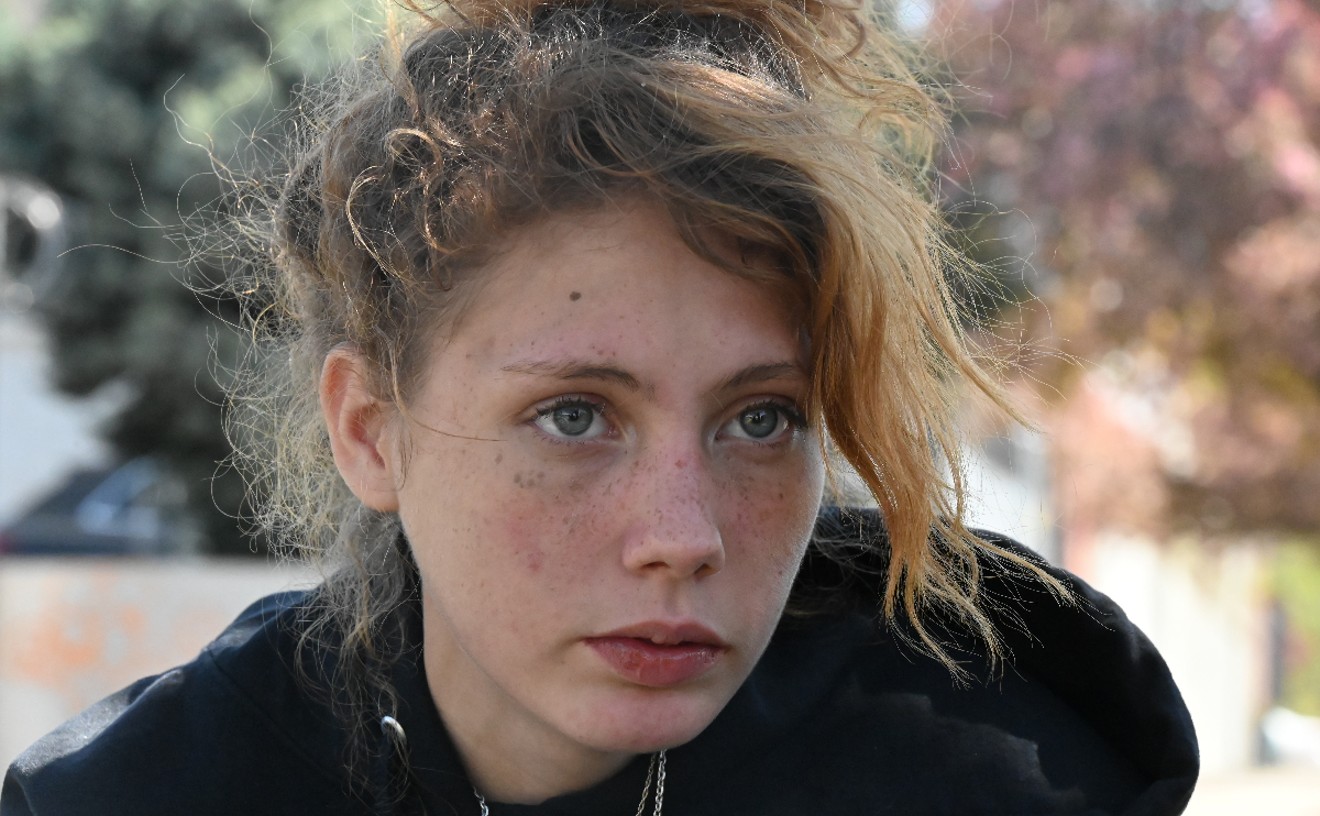The four friends stand on the sidewalk in their dirty sneakers, jeans and T-shirts, beneath a sign advertising their ambitious new project: the Wynkoop Brewing Company, "developed under the City and County of Denver's Revolving Loan Fund (RLF) Program." Behind them is the circa-1899 J. S. Brown Mercantile Building, a hulking structure still boasting elaborate sandstone trim, hardwood floors, thick timbers, pressed-tin ceilings — and a lot of dust and dreams.
Although the building was once a hub of Denver's bustling early commercial center, by the mid-'80s, this part of town had a rough reputation and was known for its empty storefronts and warehouses and the homeless who'd made themselves at home here. But already there were signs of change. The historic Oxford Hotel had been renovated and the Cruise Room restored to the hipster-hangout status it had enjoyed decades before. The Terminal Bar (also known, briefly, as the Billabong during an unfortunate Crocodile Dundee period) was seeing new faces at its three happy hours a day — not just the post office and train workers, but the artists who had studios throughout the area. Some of those studios were turning into galleries, or inspiring others to start galleries. The marketable nickname LoDo was beginning to catch on. And the city had plans in the works to turn the neighborhood into the Lower Downtown Historic District and give the area an economic boost, plans that came to fruition in 1988, the same year those friends would open Denver's first brewpub.
But for those who already lived and worked in this part of town, where Westword opened its first office in 1977 and stayed for more than twenty years, lower downtown was always the heart of Denver — a place that made the hearts of history lovers and future visionaries alike beat faster.
Photographer Kim Allen loved lower downtown from the start. "I grew up in southwest Denver and went to Abraham Lincoln High School," he recounts. "I looked at books, old books, with photos by William Jackson. And I thought, 'Hey, man, this is cool.' So that's what I started out to do."
For a ten-year span starting in the early '80s, he photographed the sites of lower downtown. The old grain elevator. The train station, with its spotty "Travel by Train" neon. "It was a concentrated period, and I haven't photographed in that vein since," he says. "I just knew what was going on — a lot of people didn't — and it was a big focus for me. Things were happening, so I was just cruising around." It was on one of those cruises that he spotted all the activity in the old J.S. Brown Mercantile Building at 18th and Wynkoop streets: "I saw that sign on the outside, and I thought, 'That's a killer sign.' So I asked if I could come down and take a picture."
He didn't stop at one picture, though. He spent a few hours roaming around the inside of the building, snapping photos and chatting with the partners who were working to make their dream reality. Brewer Russ Scherer and his then-wife, Barbara Macfarlane. Chef Mark Shifler. Jerry Williams and his then-wife, Martha. And an unemployed geologist named John Hickenlooper, who'd come up with the idea of putting a brewpub in Denver on a trip to the West Coast after he'd been laid off.
When Allen was finally done shooting inside, he grabbed a few of the partners and asked, "What do you say we go out and make history?"
And they did.
One of the photographs Allen took outside the future brewpub that day in 1988 may be one of the most pilfered in Denver history, although the New York Times Magazine strictly observed all copyright laws when it reprinted the shot Sunday with a story called "The John Hickenlooper Exception." (The Allen photo appeared midway through Frank Bruni's lengthy piece; the lead-off pic was a shower scene from Hickenlooper's recent campaign.)
Of the four young men in the photo, only Shifler is still with the company that grew out of the Wynkoop, now seven restaurants strong and about to become even bigger, as a deal with the Breckenridge Brewery will not just expand the brick-and-mortar empire, but extend beer sales across the country. (The company bought out Hickenlooper back in 2007.) Jerry Williams now works at the airport, which means that Hickenlooper was his boss until early this week. Scherer, who was Homebrewer of the Year in 1985 and whose beery reputation brought the Wynkoop many of its early fans, passed away in 1996; the Russell Scherer Award for Innovation is given every year by the Brewers Association in his honor. (One day, Russ had called me at my office across the street and asked me to sample one of his innovations: an early chile beer that subsequently became Patty's Chile Beer.) Barbara Macfarlane went on to found Marczyk Fine Foods with husband Pete Marczyk; they'll open a second store this year.
And on Tuesday, John Hickenlooper was inaugurated as governor of Colorado, after a seven-and-a-half-year run as Denver's mayor, a run that got its start around the bar at the Wynkoop.
Even as the people and ideas that got their start in LoDo spill across the city, across the state, those who were there for those early beers are feeling nostalgic for this place, those days. "It's my old stamping ground," Allen says. "I was very confident that the Wynkoop would do very, very well. People were making out like there was all this scary stuff in that part of town, but it was piece of cake."
They made history here. And beer.











